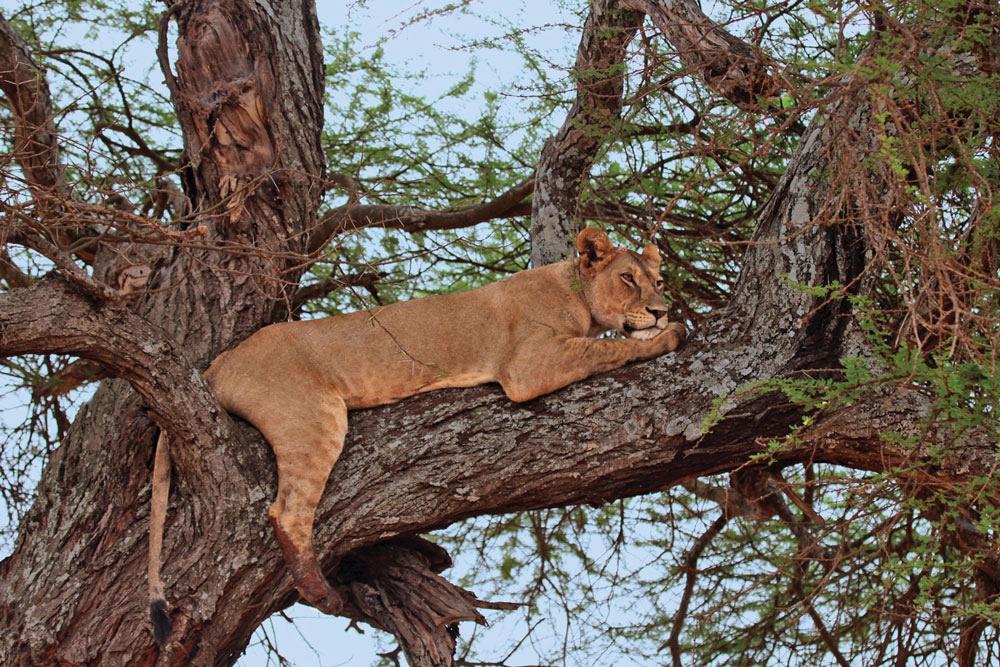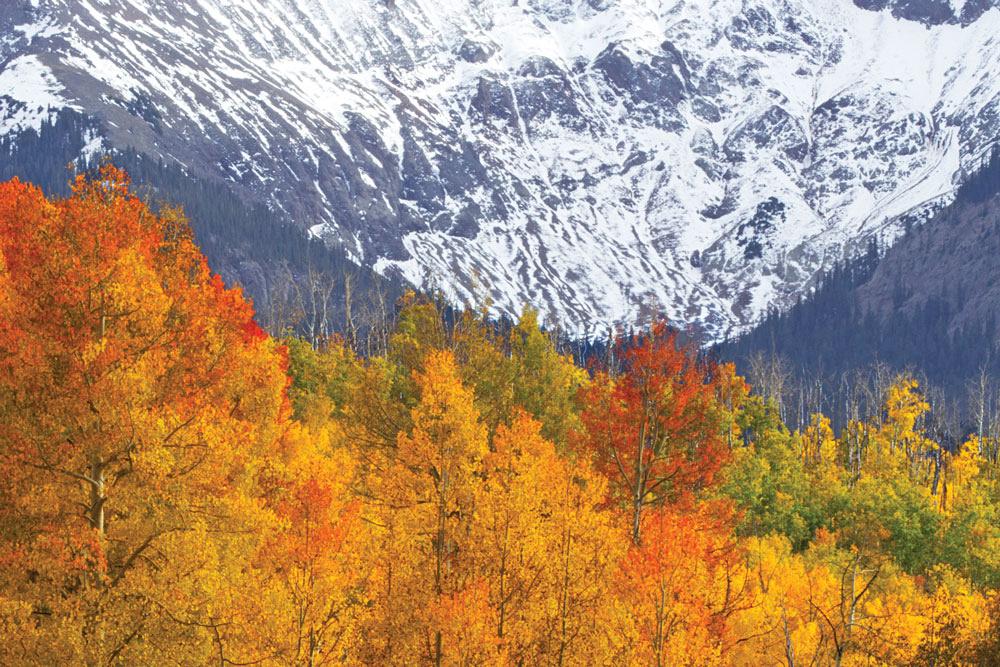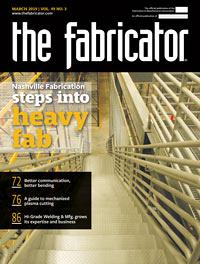- FMA
- The Fabricator
- FABTECH
- Canadian Metalworking
Categories
- Additive Manufacturing
- Aluminum Welding
- Arc Welding
- Assembly and Joining
- Automation and Robotics
- Bending and Forming
- Consumables
- Cutting and Weld Prep
- Electric Vehicles
- En Español
- Finishing
- Hydroforming
- Laser Cutting
- Laser Welding
- Machining
- Manufacturing Software
- Materials Handling
- Metals/Materials
- Oxyfuel Cutting
- Plasma Cutting
- Power Tools
- Punching and Other Holemaking
- Roll Forming
- Safety
- Sawing
- Shearing
- Shop Management
- Testing and Measuring
- Tube and Pipe Fabrication
- Tube and Pipe Production
- Waterjet Cutting
Industry Directory
Webcasts
Podcasts
FAB 40
Advertise
Subscribe
Account Login
Search
Fine art photography meets metals technology
Aluminum transfer process brings photography into 21st century
- By Eric Lundin
- March 6, 2019
- Article
- Consumables
If a young man with a camera were introduced to the world of photography on the streets of a major metropolis, you might think he’d stick with urban scenes, making images of a city: Its noteworthy landmarks, its architecture, its inhabitants, or any of the other dozens of subjects to be found in such an environment. Not so for Greg Lawson, who discovered the delights of photography on the streets of New York City as a teenager. He has built a career by focusing mainly on natural settings, making images of interesting flora, captivating fauna, and spectacular landscapes.
Anyone familiar with the place he now calls home—Sedona, Ariz.—understands that he lives in a place where there is no shortage of beautiful scenery. Likewise, his passion for exploring new places has taken him to many countries on several continents. Landscapes, wildlife, and interesting locations make up the core of his work, to the extent that a careful observer might think he had a career working for National Geographic® Magazine.
Endless Beauty
To take a tour of one of Lawson’s three galleries is to take a tour of breathtaking scenery and wide-open spaces. He’s just as comfortable taking a photograph of colorful foliage on the grounds of a 14th century abbey somewhere in France as he is out in the wild in Alaska on the bank of a fast-flowing river, capturing an image of a bear landing a salmon. It’s clear that his understanding of photography goes well beyond the mechanics of using a camera, understanding the physics of light, and adhering to the guidelines of composition. Many photographers create high-quality photos, but just a few, like Lawson, create images that are nothing short of riveting.
A winter frost in central Arizona creates a stunning visual image of brilliant white trees contrasted against the area’s vivid red rock formations. Brilliant foliage—yellows, greens, and reds—is the hallmark of autumn, captured in Colorado. A female lion rests on a tree branch, apparently relaxing in the shade, in an image that appears to be shot a little too close for comfort. Urban photographers understand that getting an interesting image might mean walking a block or two to try different angles of the same subject; for landscape and nature photographers, such exploration can require walking miles. This is the dedication photographers like Lawson display.
It’s not as simple as being in the right place at the right time. Lawson brings the viewer to the place. His dedication to capturing images in varied locations is a big part of Lawson’s identity, to the extent that one of his galleries bears the name Passion for Place.
Film, Chemicals, and Paper—or Metal
While the traditional photographic process uses film, chemicals, and photographic paper to make prints, this isn’t the only method. Some photographers, Lawson included, transfer images to aluminum sheet. The process—which Lawson dubbed “Aluminous”—uses aluminum coated with a receptor that absorbs the inks or dyes. The coating—commercially acquired or created by a chemist, Lawson said—is applied to the metal and allowed to dry.
“Once dry, the coated metal sheet is placed next to a piece of art that has been printed on a specialty paper, known as transfer paper, that to some degree floats the inks or dyes,” Lawson said. Contact between the paper and the aluminum, combined with heat and pressure, transfers the image.
“The aluminum sheet is merely an anchor for the now infused coating, while the coating is a stable anchor for the inks or dyes,” Lawson said.
A similar process commonly is used for making permanent identification tags for a variety of industrial, marine, and military uses. Resistant to corrosion and abrasion, they can withstand harsh environments. The artistic version of this process delivers stunning images in rich, vibrant colors. The resolution is so crisp that the process seems to have been developed, or at least optimized, for fine art.
While some traditional photographers might favor photographic paper, aluminum has an advantage that might just sway even the most reluctant of stalwarts. Regardless of the care that goes into preserving traditional photos, the colors usually begin to fade within a decade or so. The metal transfer process has “a relative permanence when compared to printing,” Lawson said.
Greg Lawson, greglawsongalleries.com/
About the Author

Eric Lundin
2135 Point Blvd
Elgin, IL 60123
815-227-8262
Eric Lundin worked on The Tube & Pipe Journal from 2000 to 2022.
subscribe now

The Fabricator is North America's leading magazine for the metal forming and fabricating industry. The magazine delivers the news, technical articles, and case histories that enable fabricators to do their jobs more efficiently. The Fabricator has served the industry since 1970.
start your free subscription- Stay connected from anywhere

Easily access valuable industry resources now with full access to the digital edition of The Fabricator.

Easily access valuable industry resources now with full access to the digital edition of The Welder.

Easily access valuable industry resources now with full access to the digital edition of The Tube and Pipe Journal.
- Podcasting
- Podcast:
- The Fabricator Podcast
- Published:
- 04/16/2024
- Running Time:
- 63:29
In this episode of The Fabricator Podcast, Caleb Chamberlain, co-founder and CEO of OSH Cut, discusses his company’s...
- Trending Articles
Tips for creating sheet metal tubes with perforations

Supporting the metal fabricating industry through FMA

JM Steel triples capacity for solar energy projects at Pennsylvania facility

Fabricating favorite childhood memories

Omco Solar opens second Alabama manufacturing facility

- Industry Events
16th Annual Safety Conference
- April 30 - May 1, 2024
- Elgin,
Pipe and Tube Conference
- May 21 - 22, 2024
- Omaha, NE
World-Class Roll Forming Workshop
- June 5 - 6, 2024
- Louisville, KY
Advanced Laser Application Workshop
- June 25 - 27, 2024
- Novi, MI




























